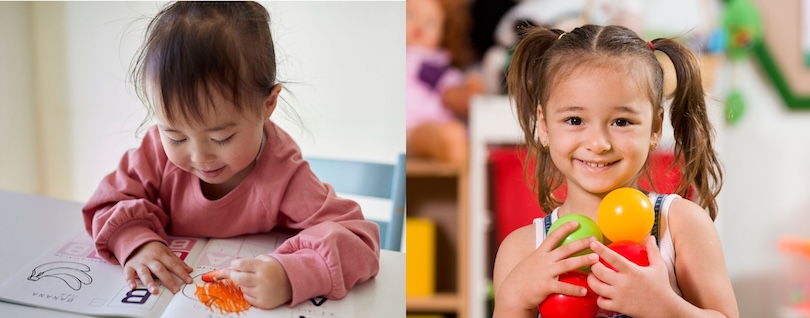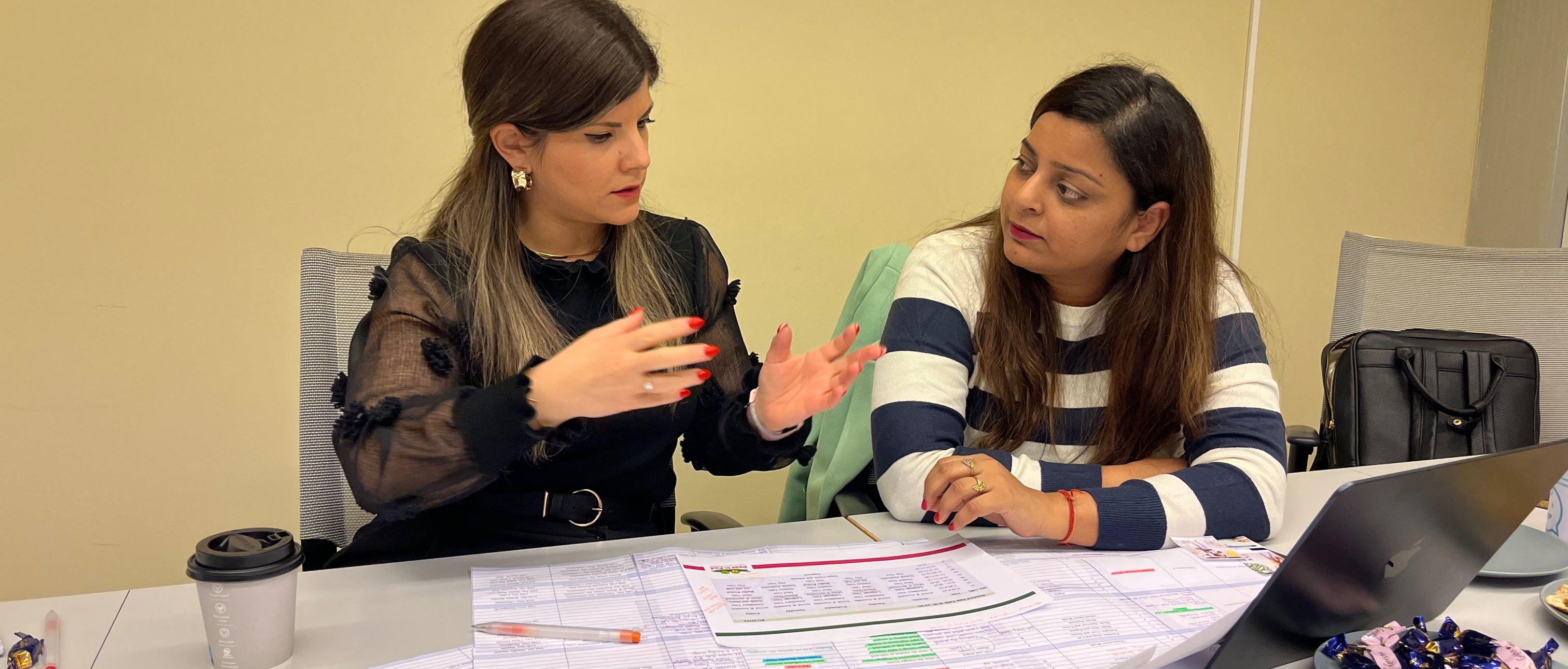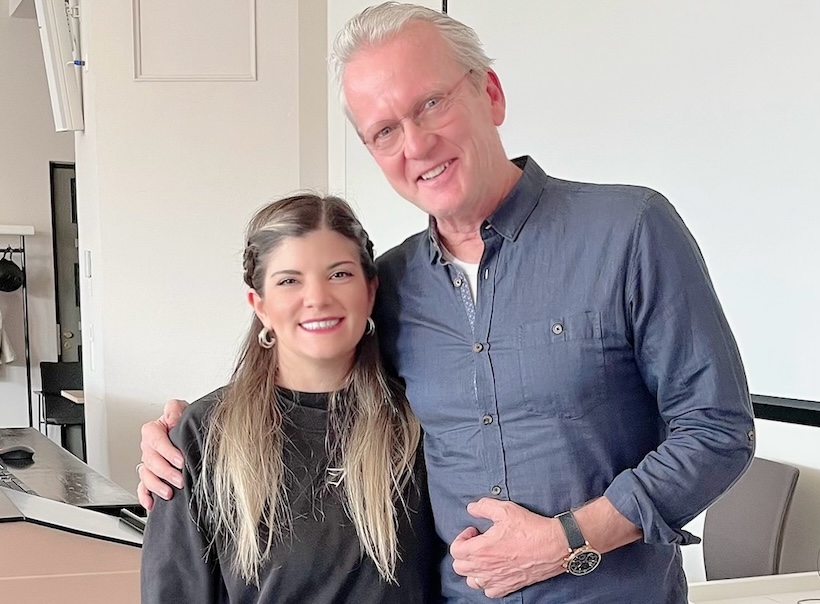Part 4 of 7
We continue our highly appreciated guest blog with Ranjan Goyal, Senior Preschool Consultant.
Every preschool owner has a dream — to create a place where children are happy, teachers feel proud, and parents trust the quality of learning.
However, most preschool owners I talk to tell me that the dream is now a challenge, says Ranjan. Parents are asking more questions than ever before and want to be informed about what’s happening at school. Teachers are expected to go much beyond academics. The National Education Policy (NEP) and National Curriculum Framework (NCF) are steering early education toward play-based, child-centric learning.
The change is real. The question is: How can preschool owners lead it successfully — and confidently?

From Traditional Teaching to Modern Learning
Across India, preschool owners recognize that the old methods no longer meet the expectations of modern parents. Worksheets and rote learning may look productive, but they don’t really nurture collaboration, curiosity, creativity, or confidence — the very skills parents now value most. These are also the same skills that will help children succeed in the world of tomorrow.
The most forward-thinking schools are already transitioning from teaching lessons to facilitating learning — guided by research-based, child-centered approaches inspired by global best practices.

The Real Challenge Isn’t the Curriculum — It’s the Change
Every preschool I talk to shares a similar story:
- The owner is inspired by modern learning.
- The academic coordinator is curious to know more about international approaches.
- Teachers are hardworking and loyal — but unsure how to start changing the teaching-learning approach.
- Everyone agrees that children should learn through play.
But when it comes to day-to-day practice, old habits return: worksheets, repetition, early academics. And then parents get blamed for the need to do this.
This happens not because teachers don’t care — but because change feels big. Modern, child-led learning requires new routines, new confidence, and new tools. And for the owner, leading this change can feel overwhelming.
That’s why the real question isn’t: “Should we change?” It is: “How can we make this change simple, successful, and sustainable?”
Owners Are the Real Change Leaders
Change in early childhood education doesn’t start with governments or curriculum documents. It starts with preschool owners — people with the courage to lead with vision.
When owners take the first step, everything else follows:
- Teachers gain confidence
- Parents trust the school more
- Children thrive
That’s why every preschool today has an opportunity to become a modern learning community — one that blends Indian values with international best practices.

Empowering Owners to Lead
Change in early childhood education begins with leadership. The owner’s belief, communication, and consistency determine success more than any training or tool. I have seen this over and over again with the hundreds of preschools I have interacted with.
That’s why the most successful owners:
- Set a clear vision: We are building a modern learning preschool.
- Communicate that vision with confidence to teachers and parents.
- Partner with experts who provide structured, step-by-step guidance.
When the owner leads with conviction, the entire team follows.
How to Start the Journey
Here are a few practical steps you can take right away, as a preschool owner:
- Start the conversation with your team. Talk about what “modern learning” means. Ask teachers what they enjoy teaching most — and how children respond.
- Visit or connect with a school that has already transformed itself. Hearing from peers makes the change feel real and possible.
- Introduce one simple new practice. Try a short daily reflection with children or click pictures to document learning moments. See how it changes classroom energy.
- Invite parents to join the journey. Share regular updates, giving parents confidence in what’s happening at school. Also, talk about why play-based learning helps their child grow brighter, happier, and more ready for primary school.
- Seek expert guidance. You don’t have to do it alone — some partners specialize in helping preschools modernize step by step.
With the proper guidance and digital support, even small preschools can implement these practices effectively. Teachers quickly gain confidence when they see children becoming more active learners and classrooms turning more joyful and meaningful. And parents feel delighted, leading to more enrolments.

Education Specialist Stella Giota from Kindiedays and Academic Lead Dr. Shilpy Dubey from Peas in Pod India are working on the blended curriculum.
A Real Opportunity for Visionary Preschools
India’s early childhood sector is at a turning point. Schools that transform themselves now — adopting modern pedagogy and visible quality practices — will stand out as the preferred choice for parents in their respective localities — in every city in India.
The opportunity is clear: Be the preschool that parents talk about, teachers believe in, and children love coming to every morning.

Opening a new Peas in Pod preschool inspired by the Finnish-style curriculum
Guiding Preschools Toward Modern Learning
Kindiedays (from Finland) partners with preschool owners who are ready to take this next step. Their Finnish-inspired approach combines:
- Curriculum support aligned with play-based learning
- Digital tools (easy to use) to document and show children’s development
- Teacher training that builds competence and confidence
This can help make modern learning simple and structured for everyone involved. Because every child deserves a joyful start, and every preschool deserves to be proud of the learning it delivers.

👉 Learn more about the Kindiedays Curriculum Partnership →
Conclusion
Starting a premium preschool in India is a profitable and impactful venture if built on strong pedagogy, parent engagement, and operational excellence. By blending global best practices with Indian cultural values, this preschool will not only attract discerning parents but also set new benchmarks in early childhood education.
What next?
Discover how Kindiedays can transform your preschool into a center of excellence.

👉 Click here to schedule a demo on Zoom or contact me on WhatsApp!
I look forward to meeting you.
Milla van der Burgh
P.S. You can also watch my newest video immediately HERE!
Kindiedays Home Page
--------------------------------------------------------------------------------------------------------------------
Kindiedays blog series to start a preschool
If you’ve been following our blog series, you now have a complete toolkit:
Part 1: How to Set Up a Preschool?
Part 2: Business Plan for a Premium Preschool in India
Part 3: Action Plan for Launching Your Preschool for Next Term
Part 4: How Visionary Owners Are Leading the Change
Part 5: Change Management Process
Part 6: Quality Assured Learning - The Competitive Edge
Part 7: How to Select a Curriculum Partner for Your Preschool
Many thanks to Ranjan for sharing his experience!

.png)
.png)








